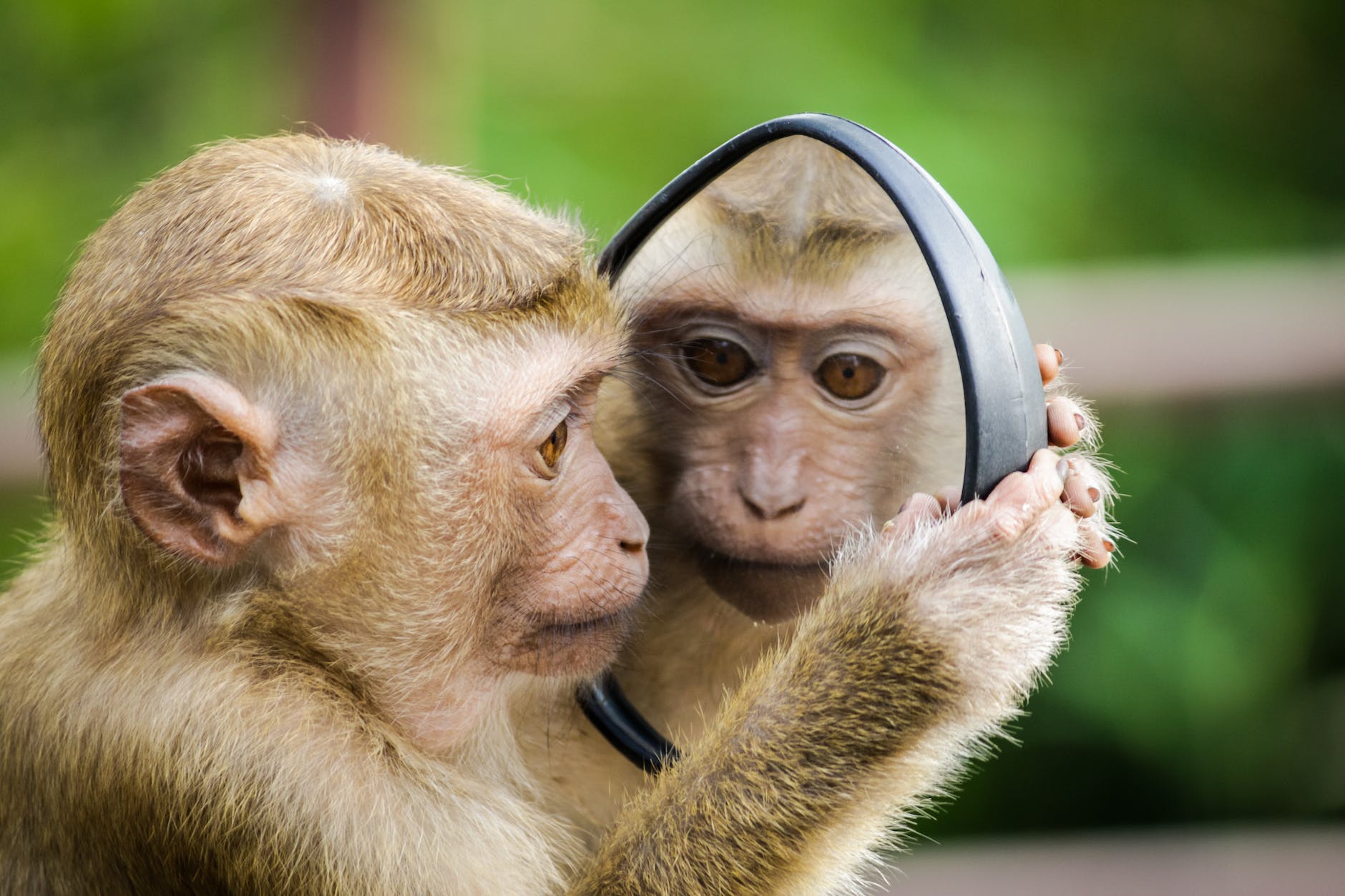 he natural world is full of surprises, and recent research has shed light on the remarkable abilities of monkeys to adapt and evolve. This article explores the intriguing concept of monkeys entering the Stone Age and the potential implications for their cognitive development. Drawing on the article “A Group of Panama Monkeys Have Entered the Stone Age” published by IFLScience, we delve into the evidence, the significance of this phenomenon, and its potential insights into the evolutionary path towards human intelligence.
he natural world is full of surprises, and recent research has shed light on the remarkable abilities of monkeys to adapt and evolve. This article explores the intriguing concept of monkeys entering the Stone Age and the potential implications for their cognitive development. Drawing on the article “A Group of Panama Monkeys Have Entered the Stone Age” published by IFLScience, we delve into the evidence, the significance of this phenomenon, and its potential insights into the evolutionary path towards human intelligence.
Unveiling the Stone Age Capabilities of Monkeys
The notion of monkeys entering the Stone Age challenges conventional assumptions about tool usage and cognitive abilities among non-human primates. The research conducted in Panama, as detailed in the article by IFLScience, reveals a group of white-faced capuchin monkeys engaging in stone tool use, a behavior typically associated with early human ancestors.

Observations of these Panamanian capuchins show them using rocks as hammers and anvils, deliberately selecting and modifying stones to crack open nuts. This behavior indicates not only a remarkable level of dexterity but also the ability to understand cause-and-effect relationships and purposefully manipulate objects in their environment.
The similarities between the stone tool usage by these capuchin monkeys and the early hominids’ behavior raise intriguing questions about the convergence of cognitive abilities. While the scope and complexity of their tool use may differ from human ancestors, it offers a fascinating glimpse into the evolutionary potential of primates.
Implications for Cognitive Development
The discovery of monkeys entering the Stone Age raises important questions about the cognitive development of non-human primates. It challenges long-held assumptions about the exclusivity of certain cognitive capabilities to humans and prompts us to reconsider the boundaries of intelligence in the animal kingdom.
The ability of capuchin monkeys to engage in tool use suggests a level of cognitive flexibility and problem-solving skills previously not fully recognized in non-human primates. It implies the presence of advanced perceptual and motor skills, as well as a capacity for abstract reasoning and social learning.

Understanding the cognitive abilities of primates and their potential for further development has significant implications for fields such as comparative psychology, evolutionary biology, and our understanding of the origins of human intelligence. It highlights the importance of studying animal cognition to gain insights into our own cognitive evolution.
Evolutionary Path towards Human Intelligence
The stone tool usage by capuchin monkeys provides an intriguing window into the evolutionary path towards human intelligence. It suggests that certain cognitive abilities and behavioral patterns emerged independently in different branches of the primate lineage, emphasizing the potential for convergence in cognitive evolution.
While the stone tool use of capuchin monkeys may not directly parallel the development of early hominids, it showcases the capacity for complex problem-solving and tool manipulation in non-human primates. The similarities in tool use behavior hint at the potential selective pressures and environmental factors that may have shaped the development of intelligence in both humans and primates.
Studying the cognitive evolution of primates, including the emergence of Stone Age behaviors, helps us understand the gradual steps that led to the unique cognitive abilities of our species. By examining the cognitive capacities of non-human primates, we can gain insights into the selective forces that contributed to the development of human intelligence throughout evolutionary history.
Conservation and Ethical Considerations
The discovery of stone tool usage by monkeys also highlights the importance of conservation efforts to protect and preserve the habitats of non-human primates. As we uncover new dimensions of their cognitive abilities, it becomes imperative to ensure the long-term survival of these remarkable creatures and their ecosystems.
Additionally, ethical considerations come into play when studying and observing primates in their natural habitats. Care must be taken to minimize disturbance, prioritize the well-being of the animals, and adhere to ethical guidelines that promote responsible research practices.
Understanding the cognitive capacities of monkeys and their potential for further development should foster a greater appreciation for the intricate web of life and the need to protect the diversity of species on our planet. It highlights the interconnectedness of all living beings and emphasizes the importance of biodiversity for the continued thriving of our world.
The evidence of monkeys entering the Stone Age, as seen in the remarkable behavior of capuchin monkeys in Panama, challenges our perceptions of tool usage and cognitive abilities in non-human primates. This fascinating phenomenon offers insights into the cognitive potential and evolutionary pathways towards human intelligence. As we unravel the complex tapestry of animal cognition, it is crucial to appreciate and protect the natural world and its diverse inhabitants, fostering a deeper understanding of our own place within the broader context of life on Earth.
Avid Writer with invaluable knowledge of Humanity!
Upcoming historian with over 30 million views online.
“You make your own life.”





